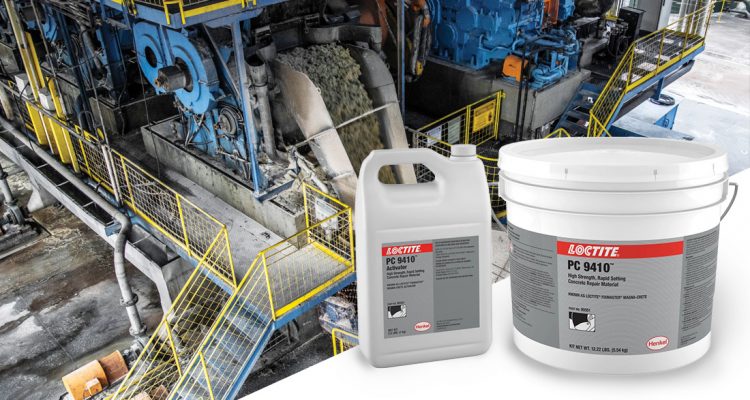As a valuable commodity, the sugar industry generates around $4 billion for the Australian economy every year. Since the first arrival of the dense fibre and sucrose-rich plant to Australia, sugar cane fields have expanded across the eastern coastline, particularly well-suited to the tropical conditions of Northern New South Wales and Queensland.
Referred to in the sugar business as ‘crushing season,’ the sugar cane harvest begins in June and lasts for about five months a year.
BSC’s Michael Rowe says the harvesting and processing of sugar cane presents some interesting challenges to BSC’s business. “During peak crushing season, growing, milling, and refining operations are hot and humid conditions permeated by sticky sugar juices which are highly corrosive to the concrete foundations the mills are built on,” he says.
In the construction world, perfectly good concrete can often become damaged due to chemical attacks on the hardened surface. Because concrete has organic properties, hydrated concrete behaves differently to cured concrete. Trace amounts of sugar in freshly mixed wet concrete have been proven to impede the aggregate from curing.1
However, the greatest risk to the integrity of a solid concrete is acidic liquids, according to Michael. When sugar cane arrives at a mill, it is broken down from cane to shredded fibre. The shredded cane goes through a series of milling processes where the fibre and juices are separated, lime juice is added for pH balancing and the juice is heated and clarified to extract dirt and impurities.
“The addition of lime makes the sugar juice acidic,” says Michael. “Combined with calcium compounds found in cement this begins the process of erosion resulting in disintegration of the concrete.”
A range of costly issues can arise during this process, notably damage to the concrete floors, ramps, loading docks, and concrete pillars in areas where workers and mobile plant equipment are moving around, and sugar cane juice is present.
For quick repairs and maintenance to the concrete surfaces, Michael recommends the LOCTITE® PC 9410 Magna Crete as a good solution because of quick setting properties.
“Where there are chips or degradations in concrete, the Magna Crete can be applied and cure within half an hour,” says Michael. “It is a high strength cementitious based material that can bond to most construction materials and can be drilled into later.”
“This is ideal for sugar mills where the concrete needs to be flush in areas where the risk of contamination and corrosion is high,” he adds. “Making sure your concrete foundations are up to scratch is smart preparation for crushing season.”
After being clarified, clear sugar juice is then boiled to the consistency of golden syrup and pumped to a pan to be seeded with crystals. The crystals are spun at high speeds in centrifuges to run off excess liquid, and finally, tumble dried. Loaded onto sugar trains and trucks, it is transported to storage silos for shipping to marketplaces around the world or packaged for sale at Australian food suppliers.
“The sugar processing industry is remarkably interesting,” concludes Michael. “I don’t think a lot of us think about how that spoonful of sugar gets to our cup of coffee, but there is a lot of chemistry behind it.”
Reference:
1. Concrete Construction. Chemical attack on hardened concrete. https://www.concreteconstruction.net/how-to/repair/chemical-attack-on-hardened-concrete_o 
